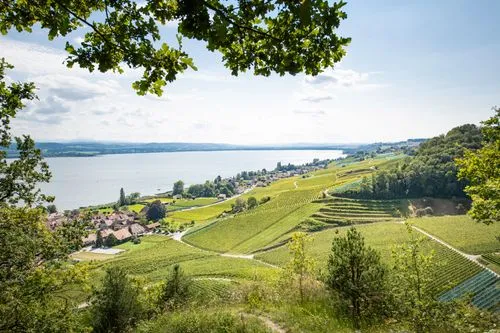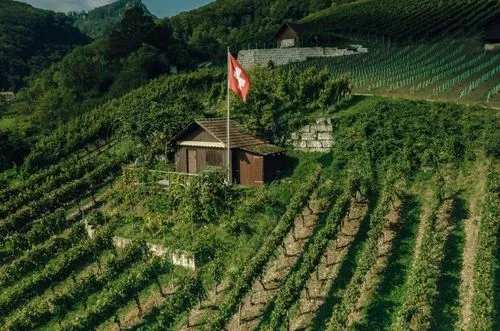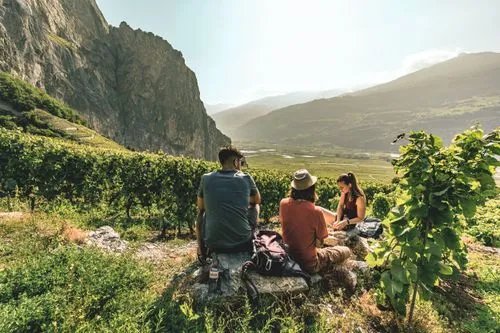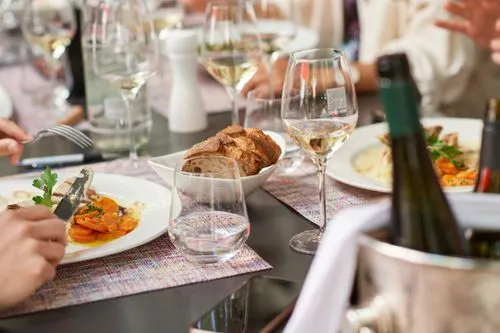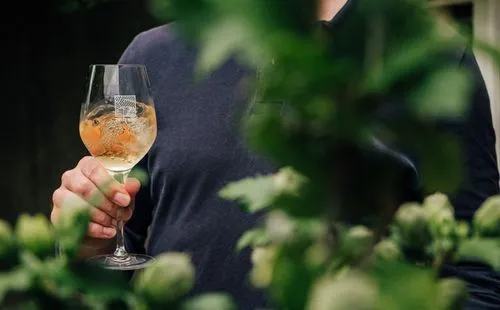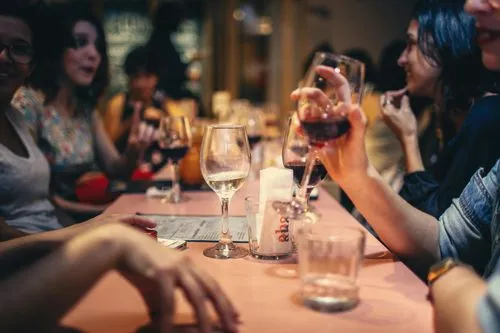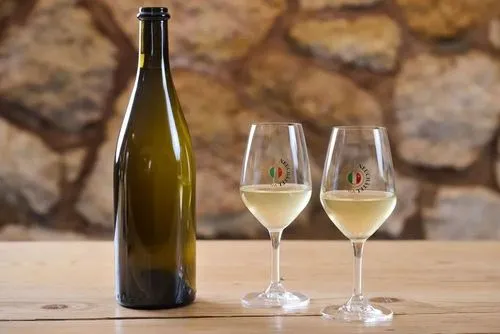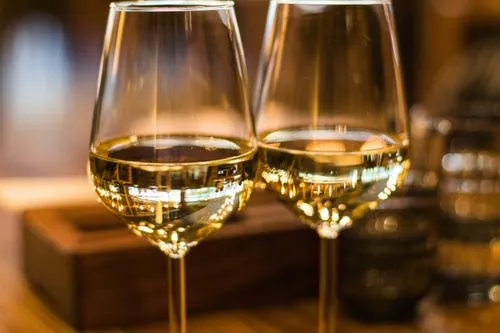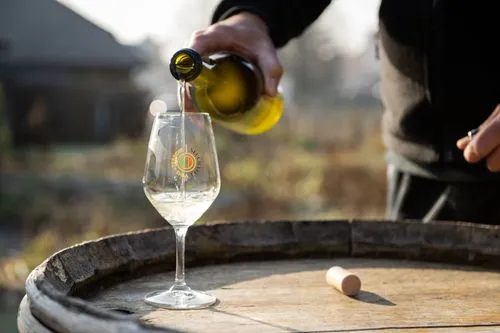High season in the vineyards: Henry Grosjean offers a glimpse of the high point of the wine-making year
Henry Grosjean, what is the current state of your grapes?
We're now about a month away from the harvest. At this stage, the grapes are developing into fruit and their skins are becoming impermeable. They are no longer susceptible to fungal diseases, and we no longer need to treat them. The grapes then start to develop sugar. At harvest, sugar maturity must be reached so that the sugar can be converted into alcohol during fermentation. There is also phenological maturity, the indicators of which are the grape skins and pips. The challenge is that these two levels of ripeness are not always aligned. This year, it should be tight and produce a fresh vintage.
How did the months of heavy rain and a late start to summer affect the grapes?
It certainly wasn't an easy year, and we had to fight for our grapes. As soon as it rains heavily, you have to spray in organic farming to protect the plants. We held up well, and I think we'll have a fine vintage.
What else is needed for the final touch?
The ideal climate is one with cool nights and warm, sunny days. Sunshine is necessary for photosynthesis, allowing the tannins to develop and the fruit to ripen. Cool nights bring a certain finesse to the aromas. For Pinot Noir in particular, this favours aromas of fresh red fruit.
How do you decide which day to start harvesting?
From the beginning of September, we take samples from several plots and bring them to the laboratory. There, the weight of the grapes and their sugar and acid content are analysed, among other things. This gives us a maturity curve, which is a good indicator of when it's time to harvest. Over the coming weeks, I'll also be visiting the vineyard regularly to inspect and taste the grapes.
So it's not enough to rely solely on modern tools?
The most important tool in oenology remains our mouth and palate. Just as we taste the wines in the cellar, we also have to taste the berries and bite into the pips to check whether they are tender, crunchy, bitter, or sweet.
What's your favourite part of the harvest?
I love greeting the pickers and telling them about the year and the work ahead. I also like it when, after a rigorous week, the human side and the personalities come through strongly. And of course, it's great when the last container of grapes has arrived. It's true that there's still a lot of work to be done in the cellar, but the heavens haven't fallen, and we've been able to pave the way for our harvest. At the same time, there's a certain sadness at that moment, because it's already over.
How important is the harvest in a winegrower's annual cycle?
It's the high point of the year. With the harvest, you reach the top of the mountain that you've been climbing for a year. We've pruned, treated and protected the vines, we've mowed the vineyard, we've cut off the excess bunches, and we've tended them until they're ripe. And then, in the blink of an eye, you can pick them – and finally see the result of all your hard work.
Come and discover Henry Grosjean's estate during the “At the heart oft the harvest” event at the end of September! For more information, click here.
Pretium
Related Articles
All the news about Swiss wines and exclusive reports.
To visit our site, you must be of legal drinking age in your country of residence.
